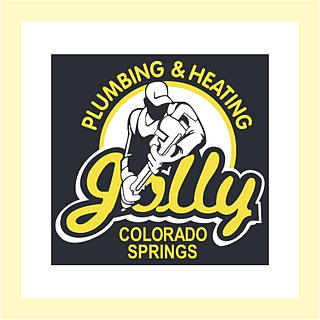How to Check Plumbing When Buying a House
- Jolly Plumbing
- Sep 26, 2018
- 3 min read
Updated: Oct 17, 2022

In today’s crazy real estate market, the home buying process can be extremely overwhelming for a first-time homebuyer—or anyone in the market to purchase a home, including seasoned home-buyers looking for a new place to call home-sweet-home. All the details that must be attended to between the initial offer to the final closing date can be overwhelming. Choosing a trusted home inspector and ensuring thorough home inspection of a potential real estate investment is one of the many details that cannot be underestimated.
Plumbing is a particularly important aspect of the home inspection that cannot be underestimated. Knowing the ins and outs of the prospective home purchase can help determine your negotiation throughout the closing process—and, as the prospective owner of the house, you’ll want to be aware of what messes you may have on your hand. Check the plumbing first! If you choose to DIY your plumbing inspection, be prepared to get dirty.
Water Meter
· Locate the water meter and check to see that the shut off valve to the home is in working order. Homes with well water will have the shut off valve inside the home—usually under the kitchen sink (but maybe not, so just keep looking).
What year was this home built?
· It is extremely important to determine if there are any lead pipes in the prospective home; many homes built prior to 1986 have galvanized or lead plumbing. This is an environmental hazard and maybe a serious consideration for potential homebuyers.
Water Heater Inspections
· Inspecting the water heater is a top priority, with a few points to consider. A family of four can expect to require a 40-gallon tank—so when you find the water heater (often located in the basement of single-family homes, or tucked into an out-of-the-way alcove closet), you’ll be able to determine a lot by noting its size and assessing the tank’s condition. If the water heater shows signs of corrosion or shows obvious signs of aging, request that the seller replace the water heater as part of your buying negotiation.
Is this home prepared for cold weather?
· Be sure to inspect for cold-weather preparedness. Pipes should be wrapped in preparation of freezing weather, and well-water homes should also have some kind of protective measures in place for the well to prevent cold-weather fiascos.
Septic Tank
· Determine the type of sewage system implemented in the home; if there is a septic tank, find out where on the property it is installed, how much the septic tank holds, and locate the lines to the septic tank. Request a map with the homeowner’s paperwork to show where the septic lines are located, and be sure to ask the seller of the home when the tank was last emptied or serviced. Septic tanks are an expensive aspect of a home, extending into thousands of dollars to replace and repair—so be especially cautious and scrutinizing as your check for issues such as leaks, standing water, and noticeable odors.
Can you take a hot shower?
And finally, turn on the showers, the faucets, and flush the toilets. Inspecting the general functionality of the home may seem obvious—but in the quest to inspect the grittier details, these smaller aspects can be easily overlooked. Pay particular attention to the shower located farthest from the water source; take note of the temperature as well as the water pressure.
This can save you a lot of money.
Don’t shy away from acknowledging problems and asking that faulty or outdated items be fixed, replaced, or that a cash allotment is set aside so that you, the homebuyer, can pay to have the issues repaired by someone of your choosing.
Is Fall a good time to buy?
It can be intimidating to buy a house in the current real estate market, but the Holiday season is the real estate offseason—making it a great time to buy a home at a better price. Sellers are motivated to sell, because they’re eager to get their house off the market before the holidays hit full-force. Moving in autumn/early winter means less sweltering heat to contend with for the laborious Moving Day, and you’ll be more likely to remember those details discussed about inspecting the plumbing: you’ll be sure to avoid bursting pipes by checking for a properly winterized home.

Comentarios